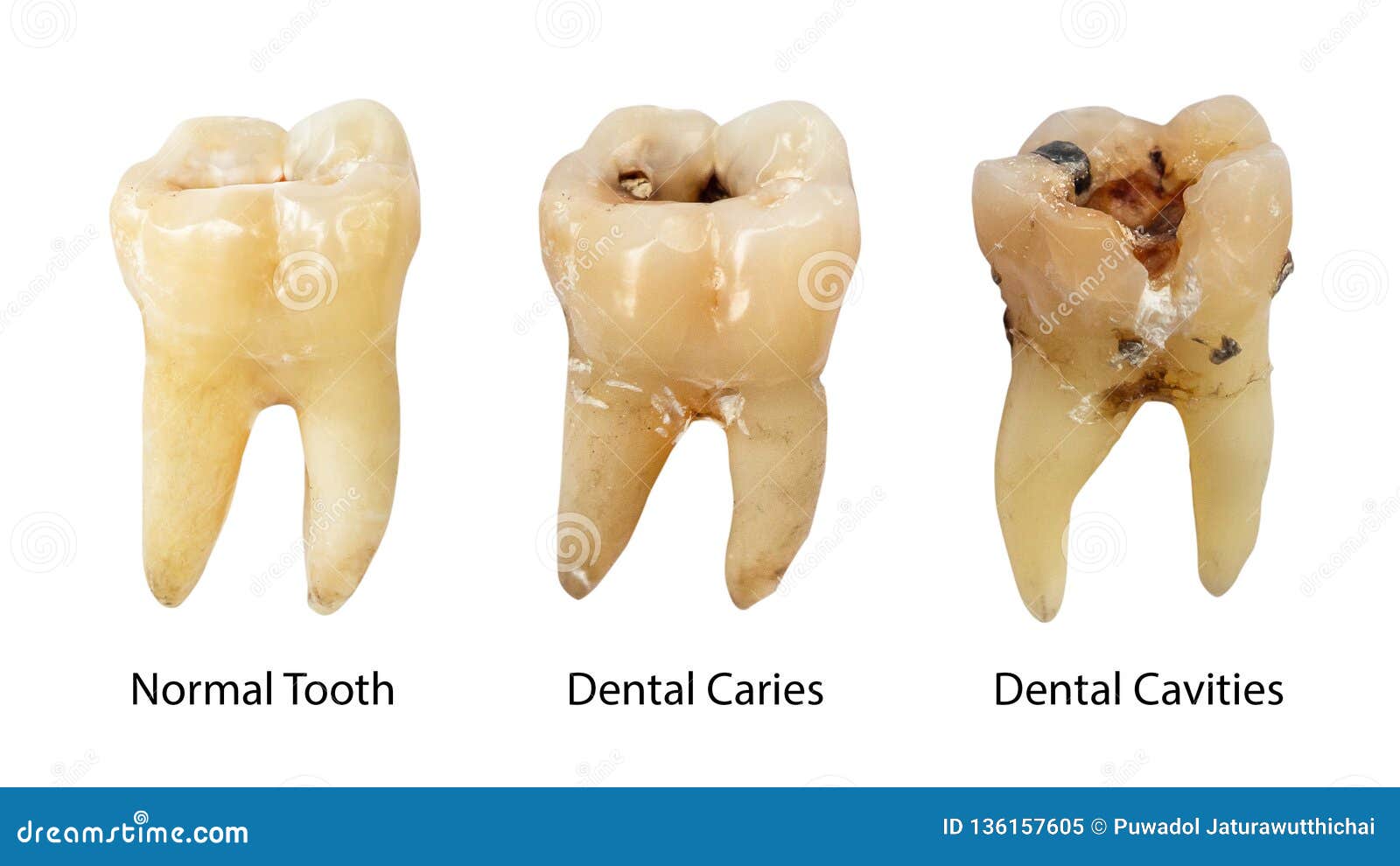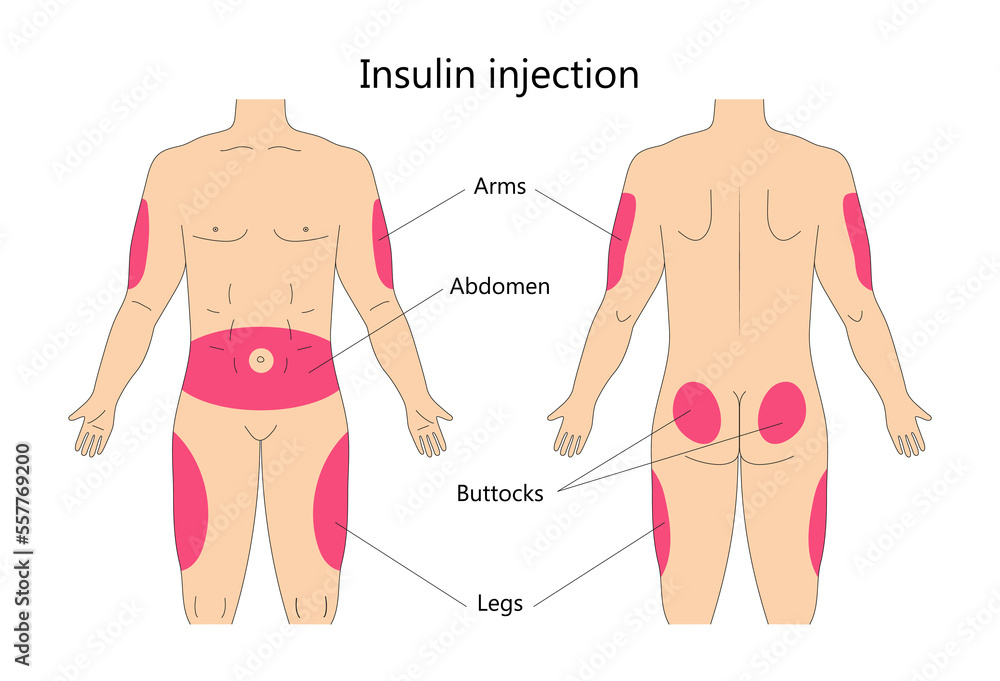Toothpaste Use By Date
The humble tube of toothpaste - a staple in our daily oral hygiene routines. But have you ever stopped to think about the expiration date on your toothpaste? Is it really necessary to pay attention to it, or is it just a precautionary measure? Let’s dive into the world of toothpaste expiration dates and explore what it means for your oral health.
Firstly, it’s essential to understand that toothpaste does not have a strict “use by” date in the classical sense. The expiration date printed on the tube or packaging is usually a “best if used by” date, which indicates the manufacturer’s guarantee of the product’s quality and effectiveness up to that point. This date is typically determined by the toothpaste’s formulation, ingredients, and production process.
The primary concern with expired toothpaste is the potential degradation of its active ingredients, such as fluoride, which can lose its potency over time. Fluoride is a critical component in preventing tooth decay and strengthening tooth enamel. If the fluoride content decreases, the toothpaste may not be as effective in providing the desired oral health benefits.
Another factor to consider is the stability of the toothpaste’s ingredients. Some ingredients, like essential oils or fragrances, can break down or become less effective over time, affecting the toothpaste’s taste, texture, and overall performance. Additionally, the preservatives used in toothpaste can also degrade, potentially leading to the growth of bacteria or mold.
However, it’s worth noting that toothpaste is not a perishable product in the same way that food is. Unlike food, toothpaste is not prone to spoilage or contamination, and it does not support the growth of harmful microorganisms. Therefore, using expired toothpaste is unlikely to cause harm, but it may not provide the desired level of effectiveness in maintaining good oral health.
So, what happens if you use expired toothpaste? In most cases, the consequences will be minimal, and you may not even notice a difference. However, using expired toothpaste regularly can lead to a gradual decline in its effectiveness, potentially resulting in:
- Reduced protection against tooth decay and cavities
- Decreased strengthening of tooth enamel
- Changes in texture or taste
- Potential for increased sensitivity or irritation
To minimize the risks associated with using expired toothpaste, it’s recommended to follow these guidelines:
- Always check the expiration date before purchasing toothpaste
- Store toothpaste in a cool, dry place, away from direct sunlight and heat sources
- Use toothpaste within a reasonable timeframe (usually 12-18 months) after opening
- Consider replacing toothpaste every 6-12 months, even if it has not expired, to ensure optimal effectiveness
In conclusion, while the expiration date on toothpaste is not a hard and fast rule, it’s still an important consideration for maintaining optimal oral health. By being mindful of the expiration date and following proper storage and usage guidelines, you can ensure that your toothpaste remains effective in protecting your teeth and gums.
What happens if I use expired toothpaste?
+Using expired toothpaste is unlikely to cause harm, but it may not provide the desired level of effectiveness in maintaining good oral health. You may notice a decline in its effectiveness, potentially resulting in reduced protection against tooth decay and cavities, decreased strengthening of tooth enamel, changes in texture or taste, and potential for increased sensitivity or irritation.
How long is toothpaste effective after opening?
+Toothpaste is usually effective for 12-18 months after opening, but it's recommended to replace it every 6-12 months to ensure optimal effectiveness.
Can I still use toothpaste after the expiration date?
+While it's not recommended to use expired toothpaste, it's unlikely to cause harm. However, its effectiveness may be reduced, and it's best to replace it with a fresh tube to ensure optimal oral health benefits.
In addition to being mindful of the expiration date, there are other factors to consider when choosing a toothpaste. For example, the American Dental Association (ADA) recommends using a toothpaste that carries the ADA Seal of Acceptance, which indicates that the product has met certain standards for safety and effectiveness.
It’s also important to consider the ingredients in your toothpaste. Some toothpastes may contain ingredients like sodium lauryl sulfate (SLS), which can be harsh on the teeth and gums. Others may contain whiteners or abrasives that can damage tooth enamel.
Ultimately, the key to maintaining good oral health is to use a toothpaste that is effective and safe, and to follow proper oral hygiene practices. This includes brushing your teeth at least twice a day, flossing once a day, and visiting your dentist regularly for check-ups and cleanings.
By following these guidelines and being mindful of the expiration date on your toothpaste, you can help ensure that your teeth and gums remain healthy and strong for years to come.
Step-by-Step Guide to Choosing the Right Toothpaste
- Check the expiration date on the toothpaste tube or packaging
- Look for the ADA Seal of Acceptance
- Consider the ingredients in the toothpaste and choose one that is gentle on the teeth and gums
- Follow proper oral hygiene practices, including brushing and flossing regularly
- Visit your dentist regularly for check-ups and cleanings
In the end, taking care of your teeth and gums is an important part of maintaining overall health and well-being. By being mindful of the expiration date on your toothpaste and following proper oral hygiene practices, you can help ensure that your teeth and gums remain healthy and strong for years to come.
Key Takeaway
The expiration date on toothpaste is an important consideration for maintaining optimal oral health. While it’s unlikely to cause harm, using expired toothpaste can lead to a decline in its effectiveness, potentially resulting in reduced protection against tooth decay and cavities, decreased strengthening of tooth enamel, changes in texture or taste, and potential for increased sensitivity or irritation.



